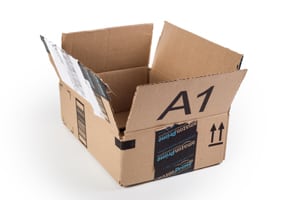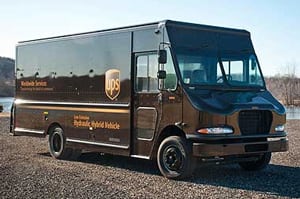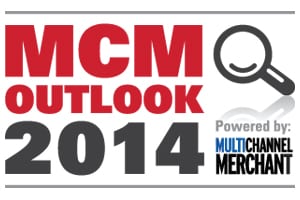
Working to Avoid Another Holiday Shipping Disaster
Experts and executives talk about steps being taken to avoid the holiday shipping snafus that caused delays and angry customers in 2013.

Experts and executives talk about steps being taken to avoid the holiday shipping snafus that caused delays and angry customers in 2013.

I’ve been skeptical about the need and demand for same-day delivery services, mostly because of the price that I thought would be required for the service. All that changed, when I got this email from Amazon.

Aiming for Amazon, Google adds Barnes & Noble to its Google Shopping Express same-day delivery program in Manhattan, San Francisco, West Los Angeles.

Canadian online shoppers love U.S., international brands, and are under-served by domestic retailers, making it a popular market with ecommerce merchants.

Amazon’s plans for new sortation centers are part of its larger goals of getting close to the customer, Sunday delivery and competing with major carriers.

UPS plans to spend $175 million to increase holiday shipping capacity, including adding 50 new hub sorts and going from limited to full operations on Black Friday.

UPS’ decision to invest $1B in Euro operations was based on Germany’s surging economy, growth in healthcare spending and competitors’ logistical build-out.

Merchants who want to conduct cross-border ecommerce into France and Germany have to grapple with a common issue – trust in the online channel.

Canada (84%) and Australia (54%) are the top choices for cross-border ecommerce, followed by Japan and New Zealand (39% each), according to the results of Multichannel Merchant’s MCM Outlook 2014. Here’s why U.S.-based merchants are high on doing business in those countries.

As operations and fulfillment technology continues to evolve, merchants face a decision of implementing a warehouse management system (WMS), a warehouse control system (WCS) or both.